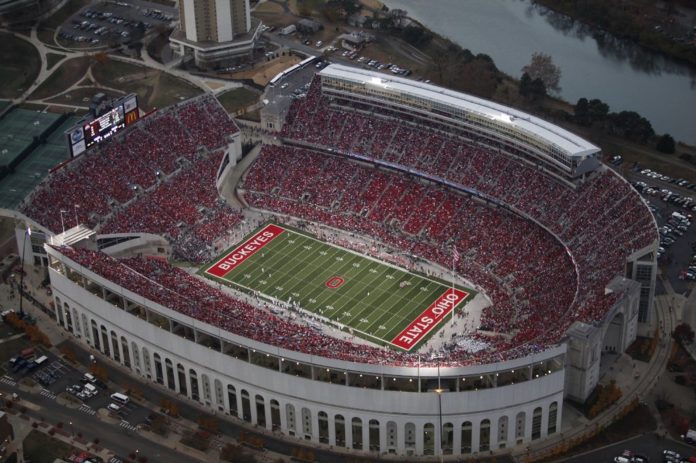The Covid-19 pandemic forced sports venues to shut down physical events but the pandemic didn’t stop the growth of 5G in sports venues. According to Peter Linder, head of 5G marketing at Ericsson North America, it has been an opportunity to prepare stadiums for the day fans return in large quantities.
Linder noted in a blog post that there are four areas where 5G can advance the sports fan?s experience, reversing the current trend of aging sports fans and matching the continuing rise of media rights fees with improved experiences. ?It?s a task that could pull in a bigger crowd into venues, and bring stadiums and arenas closer to fans at home. It?s also a business projected to generate $83.1 billion in revenues by 2023 in the US alone,? Linder said.
?5G plays a crucial role in transforming the fan experience delivered by the sports and media industries. This is a shared belief of communications service providers, leagues, franchises, venue owners, and media companies. We have seen a rapid built out of 5G capabilities by US service providers in more than 50 venues for major sports during the pandemic,? he added.
Linder added that 5G technology can certainly improve the live experience for fans at sport venues. ?It started with 4G and Wi-Fi in arenas and stadiums, but 5G allows us to take these experiences to the next level, to meet the often unsatisfied needs and desires of spectators.
?There is a strong interest from leagues and franchises to transform the digital portion of the experience for fans attending live games, races, and competitions. The increased experience-value for fans of major sports’ top tiers has monetization potential, even if charged in percentages of the overall ticket prices. For example, the NBA summer league in 2019 gave birth to 5G innovations for enhanced fan experiences at the venue.
?The second opportunity addresses the media experience at home or on the go. It?s an opportunity where leagues and media companies collaborate closely. Here, 5G plays a role at both ends, as a small screen for sports consumption and an always-connected camera,? the executive said.
Linder highlighted that there would be extensive 5G networks in venues serving both attending fans and media companies. ?Straight out of the gate, we expect networks for fans and media companies to be separate. The dedicated network for media productions can be either temporary or permanent, based on the type of venue.?
?Third, we can consider expanding the physical event experience that starts and ends at the venue gates, to an experience that starts and ends in our home. Key stakeholders here are the leagues and franchises, venue owners, betting companies, providers or parking, and public transportation. This area’s scope varies greatly from commutes in the same town to international travel and multi-day visits for the top sport-tiers. International visitors care about great 5G connectivity ? with an easy to understand business model ? from their arrival at the airport, until they leave,? Linder added.
Finally, Linder noted that an emerging trend is the development of new districts around practice grounds for professional sports. These districts are putting new experiences in focus with widespread 5G connectivity. They can be part of a broader university campus or represent a unique real estate development, he said.
?Beyond delivering a better practice environment, experience-centric sports districts are an attractive destination for fans. They?re able to get closer to athletes, more than they would at a competition venue. They also have more time to spend at a hall of fame without fighting for scarce entrance tickets. Retail and restaurants are also an integrated part of the experience.?

